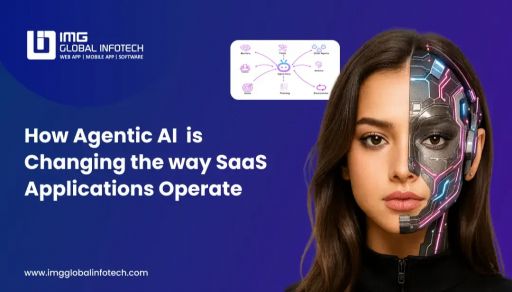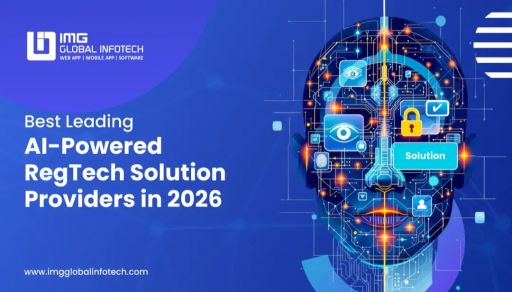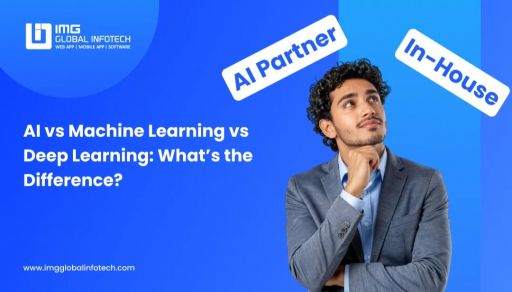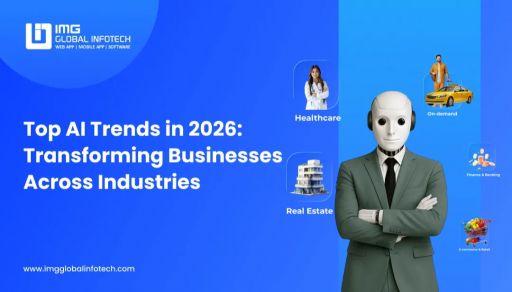How Much Does It Cost To Develop An AI App?
Nick
Jun 19, 2025

Artificial Intelligence (AI) is rapidly transforming how mobile and web applications operate, offering smarter, more personalized, and intuitive user experiences. From intelligent chatbots and voice assistants to image recognition and predictive analytics, AI-powered apps are becoming essential across industries like healthcare, fintech, e-commerce, and education. However, as businesses embrace AI innovation, one crucial question arises “how much does it cost to develop an AI app?”
AI app development involves more than just coding, it includes complex processes such as data collection, machine learning model training, algorithm integration, and continuous performance tuning. The AI app development cost can vary significantly depending on several factors, including app complexity, the type of AI features, development team expertise, and the tech stack used.
In this blog, we’ll break down the key factors influencing AI app development costs, offer industry-wise estimates, and provide tips to help you optimize your budget while ensuring a high-quality product. Let’s dive into what it really takes, financially and technically to build an AI-powered app.
AI App Development Market Overview
The AI app development market is experiencing exponential growth, driven by increasing demand for intelligent solutions across industries.
-
The global artificial intelligence market is projected to reach over $1.8 trillion by 2030, growing at a CAGR of 37.3% from 2023 to 2030.
-
Industries such as healthcare, e-commerce, fintech, education, and logistics are leading adopters of AI technologies.
-
AI in healthcare is expected to reach $208.2 billion by 2030, growing at a CAGR of 41.7%.
-
AI in fintech is forecasted to reach $61.3 billion by 2031, growing at a CAGR of 23.4%. AI-powered fintech apps are revolutionizing fraud detection, credit scoring, and robo-advisory services.
-
The AI in e-commerce market is projected to exceed $45.7 billion by 2032.
-
AI in education is expected to grow to $32.3 billion by 2030. EdTech apps are integrating AI for personalized learning paths, intelligent tutoring, and automated grading.
-
AI in logistics is expected to reach $64.5 billion by 2030. AI apps in this space optimize route planning, predict delivery times, and manage fleet operations using real-time data.
Key Factors Influencing AI App Development Cost
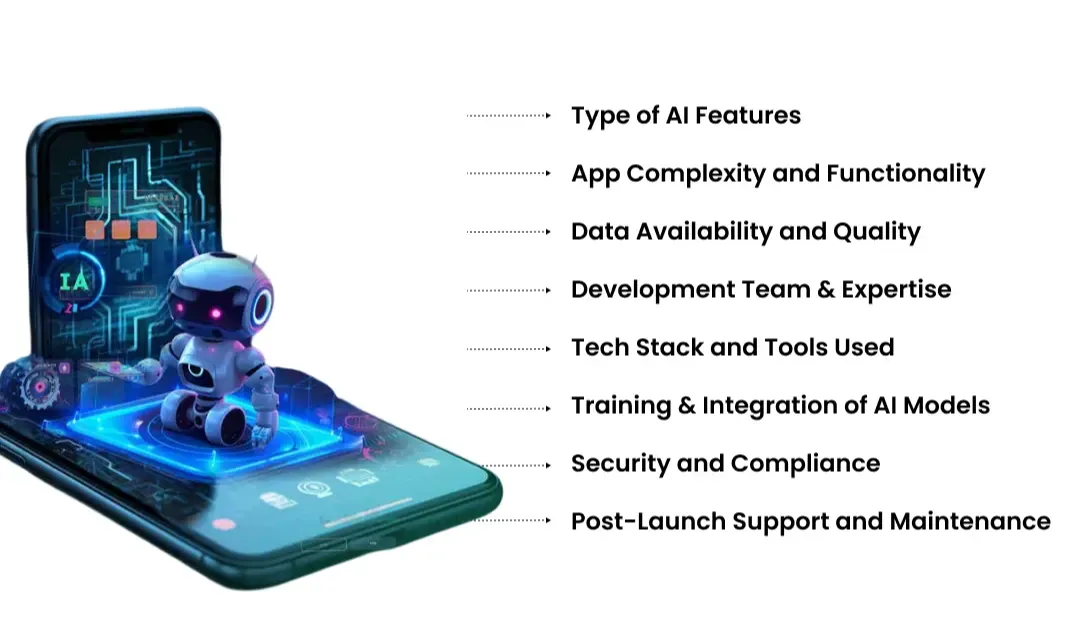
The cost of developing an AI-powered app can vary significantly based on multiple technical and business-related factors. Here are the key elements that directly influence the overall budget:
1. Type of AI Features
The specific AI capabilities you want to integrate, such as natural language processing (NLP), computer vision, predictive analytics, recommendation systems, or voice assistants play a major role in determining the cost. Complex AI features often require advanced model training, large datasets, and high computational resources, making them more expensive to develop.
2. App Complexity and Functionality
Basic apps with limited functionality and off-the-shelf AI tools will cost far less than complex, enterprise-grade apps requiring custom-built models, multiple user roles, real-time analytics, and system integrations. More screens, workflows, and custom algorithms = higher AI app development cost and time.
3. Data Availability and Quality
AI apps rely heavily on quality datasets. If your app requires custom data collection, labeling, or cleaning, it can increase the cost to develop an ai app. Training AI models on large, structured datasets can also drive up cloud and computing expenses.
4. Development Team & Expertise
The expertise and location of your team of AI developers for hire will also impact cost. Hiring AI developers in North America or Europe is more expensive than hiring talent in regions like India or Eastern Europe. However, the more experienced the team, the faster and more efficiently your AI app can be delivered.
5. Tech Stack and Tools Used
The artificial intelligence app development cost varies based on whether you’re using open-source frameworks (like TensorFlow or PyTorch) versus proprietary AI platforms (like IBM Watson or Azure AI). The choice of front-end, back-end, database, and cloud hosting solutions also contributes to the overall cost structure.
6. Training & Integration of AI Models
Custom AI model development and integration into your app involves multiple stages: data pre-processing, training, testing, tuning, and deployment. The time and computing power required for this process can significantly increase your budget especially if frequent model retraining is needed.
7. Security and Compliance
If your app handles sensitive data especially in industries like healthcare or finance, you’ll need to implement robust security protocols and comply with data protection laws (like GDPR or HIPAA). These add both complexity and cost to the AI App development process.
8. Post-Launch Support and Maintenance
AI models need regular updates, monitoring, and maintenance to perform accurately over time. Budgeting for post-launch support, bug fixes, model optimization, and feature enhancements is essential for long-term success.
AI App Development Cost Breakdown
The cost of developing an AI-powered app largely depends on its complexity, the type of AI features, and the required infrastructure. Below is a breakdown of estimated development costs based on common AI app types:
AI App Development Cost Breakdown Industry Wise
The cost of AI app development can differ significantly based on the industry, as each sector has unique requirements, data sensitivity, compliance needs, and user expectations. For example, healthcare apps often require regulatory compliance and advanced diagnostic models, while e-commerce apps prioritize personalization and real-time recommendations. Understanding the typical budget range per industry helps businesses plan more accurately and allocate resources efficiently. Below is a breakdown of estimated AI app development costs across major industries:
Tips to Optimize AI App Development Budget

Developing an AI-powered app can be a significant investment, but with smart planning and strategic decisions, you can reduce costs without compromising on quality. Here are some effective tips to help you stay within budget:
1. Start with a Minimum Viable Product (MVP)
Focus on a basic version of mobile app development with core AI features. Launching an MVP allows you to test the market, gather feedback, and validate your idea before investing in full-scale development.
2. Use Pre-Trained Models and APIs
Leverage existing AI models and APIs (like OpenAI, Google Vision, or Amazon Rekognition) instead of building models from scratch. This can save both time and development costs.
3. Prioritize Features Strategically
Identify which AI features bring the most value to users and develop them first. Avoid overloading the app with unnecessary complexity in the initial phase.
4. Choose the Right Development Partner
Hiring an experienced AI development team, especially from cost-effective regions, can help reduce app development cost while ensuring quality. Look for a partner with proven expertise in your industry.
5. Optimize Data Usage
Use publicly available datasets or pre-cleaned commercial datasets to reduce the time and cost of data preparation. Data efficiency directly impacts AI model training cost.
6. Utilize Open-Source Tools
Adopt open-source frameworks like TensorFlow, PyTorch, or Scikit-learn to reduce licensing costs while still accessing powerful machine learning capabilities.
7. Go for Cloud-Based Infrastructure
Use cloud platforms (like AWS, Google Cloud, or Azure) to scale resources as needed. Pay-as-you-go pricing models help avoid upfront infrastructure investment.
8. Plan for Post-Launch Iteration
Instead of spending your full budget on initial AI app development, reserve funds for post-launch updates, AI model tuning, and user feedback integration.
9. Monitor and Automate Regularly
Incorporate analytics and automation early on to monitor AI model performance and app usage. Automation reduces the need for constant manual intervention, lowering long-term costs.
Conclusion
AI software development companies offer immense potential to transform businesses across industries by delivering smarter, faster, and more personalized digital experiences. However, building an AI-powered app involves more than just adding machine learning features, it requires thoughtful planning, reliable data, the right technology stack, and a clear understanding of the AI app development costs involved. From the type of AI functionality to industry-specific needs, every factor plays a role in shaping the final budget.
By leveraging cost-optimization strategies like starting with an MVP, using pre-trained models, and partnering with experienced developers, you can maximize value while staying within budget. As AI continues to evolve, investing wisely with an AI app development guide can give your business a significant competitive edge tomorrow.
Nick is a professional Technical Content Writer, he crafts insightful, research-driven blogs focused on mobile apps, web development, and emerging tech trends. With a strong foundation in digital technology and a knack for simplifying complex concepts, his content helps businesses understand the real value behind digital transformation.


